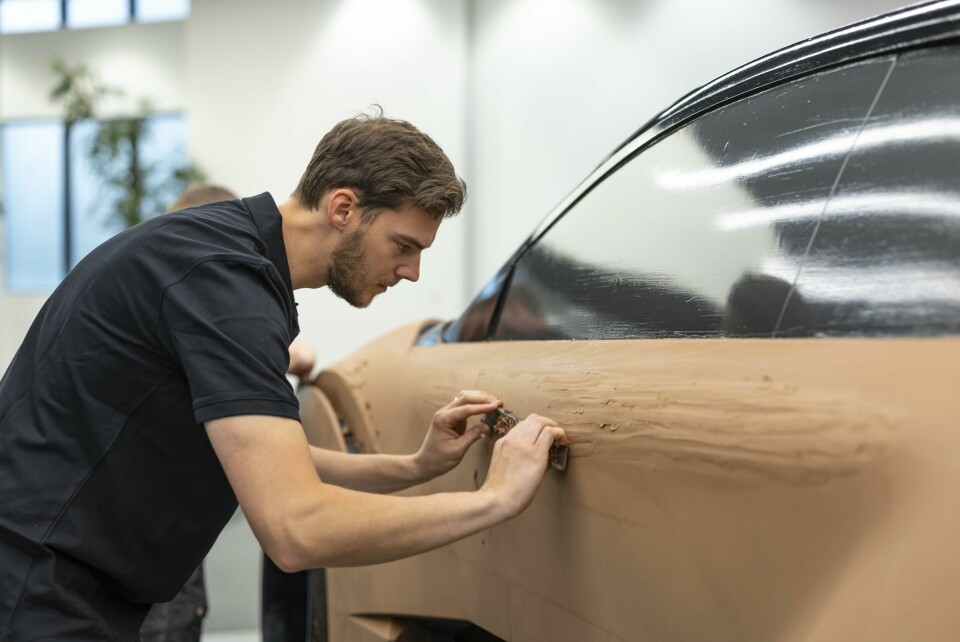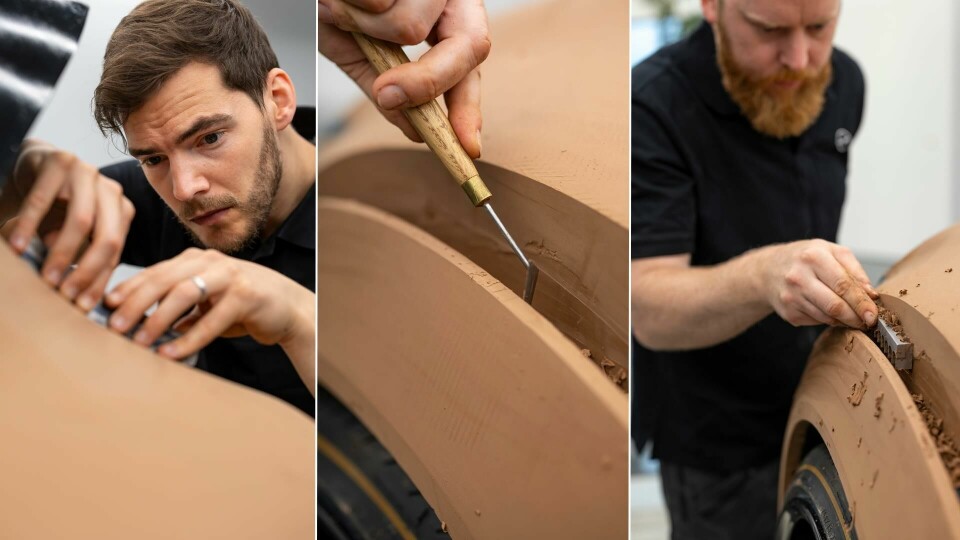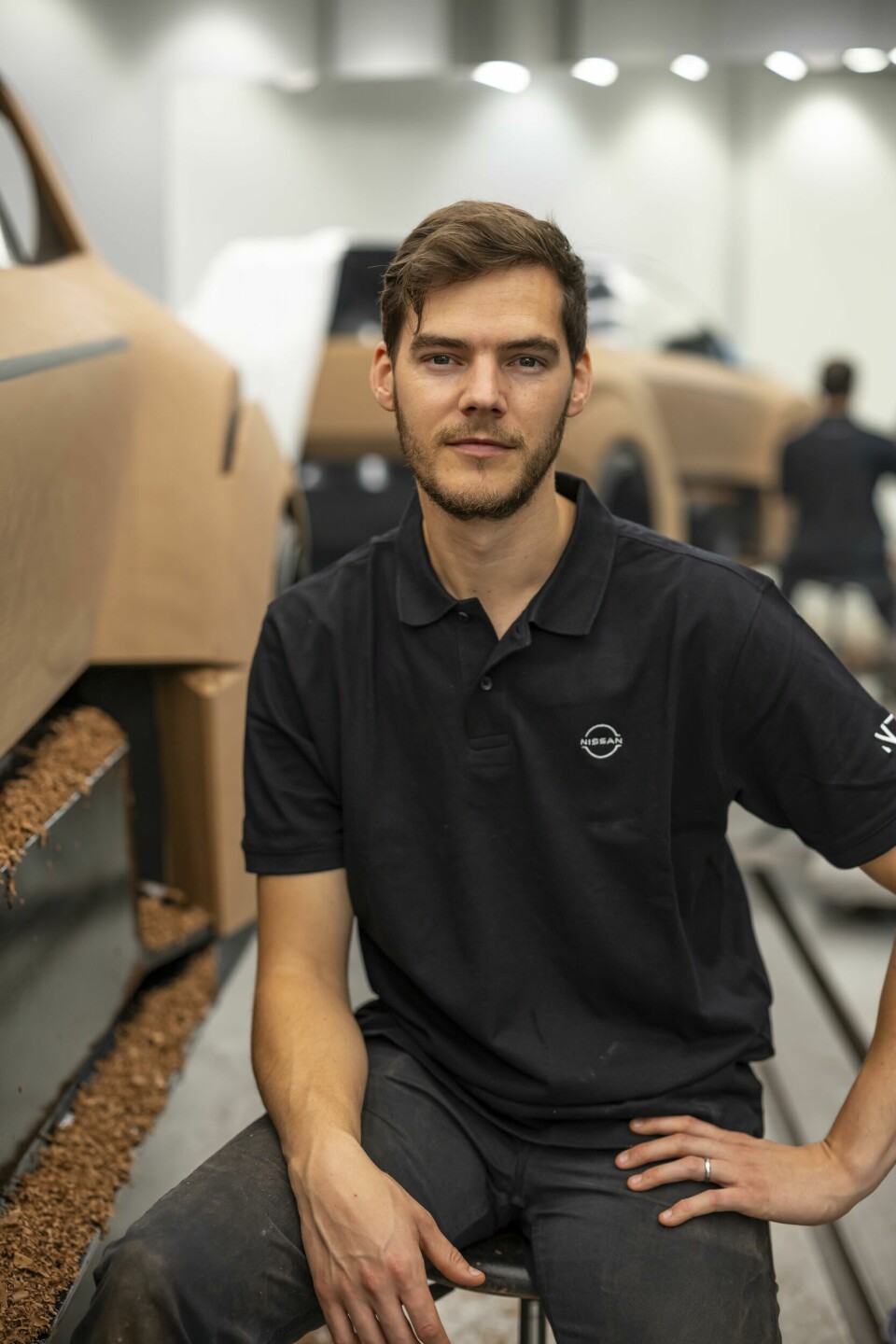
Interview: Roy Norton, head clay modeller, Nissan
What is the value of clay modelling within the car design process and how can digital and clay work harmoniously? We speak to head clay modeller, Roy Norton fresh off his team’s win at the CDN People awards
Roy Norton heads up the small but agile Nissan Design Europe clay modelling team at Nissan Design Europe.
Or should that read award-winning clay modelling team, as late in 2024, Norton and his colleagues scooped the Best Clay Modelling team at the CDN People awards, seeing off competition from far bigger studios.
The recognition, if not overdue, must be heartening. Norton has dedicated his career to the art of clay, beginning with a job at a motorcycle design consultancy, doing everything from model creation to making the teas, which kickstarted a lifelong passion for his craft.
Norton then worked for Mercedes in Germany before transitioning to lead clay modeller at Nissan Design Europe based in Paddington. Here, he plays a crucial role in shaping Nissan’s vehicle designs alongside a small team of six.
Car Design News visited Norton and his dynamic team at their studio in Paddington.
CDN: How do clay and digital work together?
Roy Norton: We’re at a good point where both physical and digital work harmoniously. Digital is an important part of the process but I wouldn’t say one’s more important, they both have extremely significant qualities.
We rely heavily on digital because a lot of our current output is digital. It’s also easy to share among global studios within engineering design. There’s a constant back and forth between digital and clay.
We can’t just do purely digital because the design suffers – you need to see it. It’s difficult to get the form and the structure right and to capture the movement of the surfaces on screen. At the end of the day, the customer is going to be getting a physical item.
Everyone in the industry is tightening up and streamlining processes but we’ve found a way of keeping clay relevant
CDN: With lots of studios streamlining the design process, how are you keeping clay relevant?
Roy Norton: We have a small team, with four modellers and two milling machine technicians, but each of us has a big role. We’re almost designers-slash-modellers. The designers rely on us heavily to get the best out of their designs and we rely on them. You can’t design a car on your own, you need the experience of a team.
Everyone in the industry is tightening up and streamlining processes but we’ve found a way of keeping clay relevant. Clay has a role in every stage, it’s like a physical sketch pad for a designer as you can add and remove clay very quickly. So, it’s great for the conceptual stage, but it can also be refined to a high level of finish. Clay is also useful in the later stages of design to work the surface a tiny amount to get engineering where it needs to be.
CDN: What projects are you working on at the moment?
Roy Norton: Currently, we are working on a product, which will hopefully be ready by 2027. We have a big production model plan to start, which will be one of our main flagship production cars.
On the back of that we do a lot of smaller facelifts – including lifecycle improvement. Because we are a studio, we can do advanced work as well with no engineering constraints, it’s super creative and conceptual – like what would a 2035 Qashqai look like?

CDN: How do you maintain a strong line of communication with the Nissan headquarters?
Roy Norton: A lot of the projects we work on are very internal, but we will always be feeding back to Japan. Depending on the schedule and scope of the project, this could be weekly or even daily.
Our building is unique in that we’ve got everyone here – design, digital, colour and trim, engineering etc, so everything can be done on-site. But we will always have that relationship with Japan so they can keep tabs, and we can feed information back to them.
We also work in friendly competition, as we have four studios around the world (San Diego, Shanghai, Japan and London). Each studio pitches for the same project, so you get a real mix of ideas. Nissan isn’t defined by a consistent theme; instead, you have cars like the Duke and Qashqai that look quite different – you almost wouldn’t know they’re both Nissan.
No AI tool will ever be able to emulate the vision and skill of a clay modeller
CDN: What do you see for the future of clay?

Roy Norton: It’s complex, as clay has taken a bit of a battering over the years because of the streamlining process. Some studios have chosen to eliminate physical models completely and go purely digital.
I think the future will heavily rely on smaller teams, faster processes and the expertise of the modellers themselves.
Compared to the ever-evolving world of digital, the physical medium of clay hasn’t changed for decades. For me, it’s the stability of the process that will never change, the fact that you will always need to see a physical model to develop it – no AI tool will ever be able to emulate the vision and skill of a clay modeller.
CDN: You won the Best Clay Modelling Team awards at the CDN People Awards 2024, what does this mean to the team?
Roy Norton: It feels great. For the team, it was a bit of a shock because we are such a small team. It’s a bit of an underdog story as we are up against some big studios with huge budgets and teams, and we are in a small studio in a bunker in the middle of London. It was a real win.



